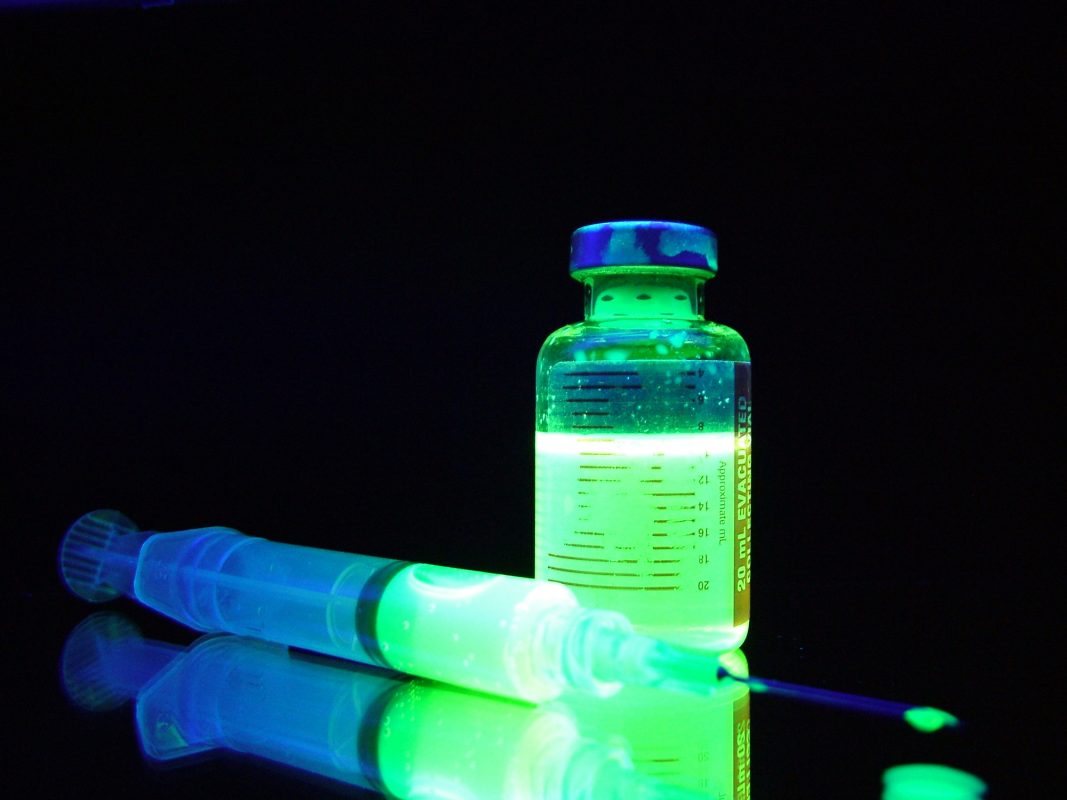AG spoke to Dr Arturo Chiti, President Elect of the European Association for Nuclear Medicine (EANM) about the role nuclear medicine plays in modern society, and its challenges.
In modern society there are a number of healthcare challenges that researchers are fighting against to find new prevention methods and treatments for. Diseases such as cancer can be treated more successfully if caught and diagnosis is made much earlier.
Nuclear medicine plays a pivotal role in this and can help give medical staff the early diagnosis for the patient, and a more localised point for treatment. The European Association of Nuclear Medicine (EANM) works to educate people in the method of nuclear medicine, and further advance methods to help with that all important early diagnosis. However, when people hear the word nuclear, it can generate a fear in some, and without the correct information patients don’t understand how nuclear medicine can help prevent and treat some of those major health challenges.
In order to help give patients more information about molecular imaging and nuclear medicine techniques, The EANM have put together information for patients to remove the fear regarding this form of treatment, and set their minds at ease. Editor Laura Evans spoke to Doctor Arturo Chiti, President Elect of the EANM about how nuclear medicine fits into modern society, and the challenges that come with such a complicated field.
“One of the advantages is that nuclear medicine is able to see molecular alterations – what we call functional alterations in cancer,” explains Doctor Chiti.
“From research we have learnt that these alterations normally proceed the multi-functional alterations that we see with a CT scan. This is important because when you suspect cancer is present it helps in giving a very early diagnosis compared to morphological imaging.”
The method of nuclear medicine can be quite complicated, but it can help a number of healthcare problems from cancer to thyroid problems. Doctor Chiti explained the process, and the advantages this has with diseases such as cancer.
“Nuclear medicine or molecular imaging uses small probes that are called tracers, and these probes are able to localise particular tissues within the human body.
“These probes help to visualise diseases like cancer, or even evaluate how the blood flow goes into the heart. With this principle we are able to treat diseases like cancer, because these probes have radio-nuclides imbedded into the molecule, and radio-nuclides help you to localise exactly where the problem may be in order to treat it,” he says.
“Nuclear medicine helps us to do what we call personalised or precise medicine, because we can visualise the target and we can treat accordingly to this.”
Over the years nuclear medicine has evolved to keep up with modern medicine, and the constant health challenges faced throughout Europe. There are a number of ways in which this has happened, as explained by Doctor Chiti.
“We have 2 main tracks, the most important is the research of radiopharmaceuticals. These are the probes that are used in the process of nuclear medicine,” he says.
“In an effort to get more specific molecules to visualise or treat specific targets, we are carrying out research of radiopharmaceuticals for diagnosis, biological characterisation, and therapy. We can also design molecules which are exactly the same or similar to drugs which are used – non radioactive drugs.
“So the key aim is to be able to visualise the targets of drugs, which are used in oncology. This means you can select those patients that are going to benefit from a particular treatment.”
Technology also plays a vital role in molecular imaging, and one of the main challenges that Doctor Chiti pointed out was keeping up to date with sophisticated technology, as it evolves.
“We are using big hardware in order to track the radiopharmaceuticals which are injected into the patient, and this means that from that point of view we are aiming at having more and more sophisticated technology in order to visualise very small alterations in the human body,” says Doctor Chiti.
“Of course the imaging we use is always multi-modality imaging, that means that you have the molecular imaging, but you always have a CT scan or an MR scan as a companion in order to be able to have morphological and functional imaging in the patient at the same time. This increases the accuracy of the diagnoses we can do.”
Radiopharmaceuticals are the core of Doctor Chiti’s discipline, and it is the regulations relating to this area that he believes are one of the main challenges that faces the nuclear medicine field, as he explains.
“Regulatory issues are challenging because every radiopharmaceutical has to be approved at a European level, and then at a national level. Sometimes this is cumbersome and quite slow.
“Another issue is that radiopharmaceuticals are not developed at the same level throughout Europe. There are some countries where they are further developed than others. So, for example, there might be in country A, radiopharmaceutical for diagnosis or therapy available, but in neighbouring country B it is not. What we are aiming for is harmonised regulations throughout Europe – at least for radiopharmaceuticals.”
Looking ahead, Doctor Chiti would like to see nuclear medicine integrated with other clinical departments, in order to gain the best possible outcomes for patients.
“It will mean integrating nuclear medicine procedures with the other diagnostic imaging procedures – multi-modality imaging, and be more integrated in the oncological tracts, cardiological and neurological and also in those clinical tracts which are related to infection imaging,” he concludes.
“In my mind there will be more clinical speciality within this field of medicine, with more technology specialists working with the medical doctors.”
Doctor Arturo Chiti
President Elect
European Association of Nuclear Medicine (EANM)
Tel: +43 (0)1 212 80 30











